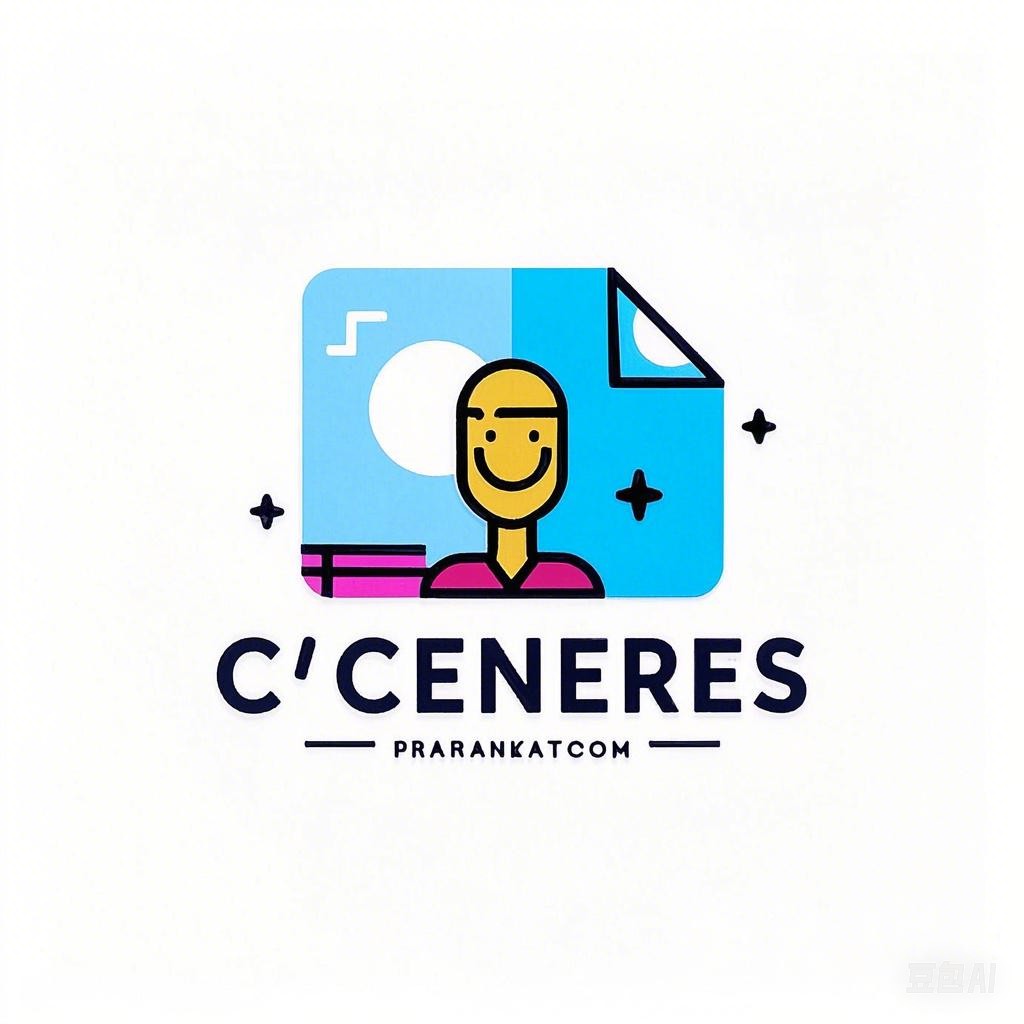Finding the perfect job is a journey that requires self-reflection, market research, and strategic planning. It’s about aligning your skills, interests, and values with a career that not only provides financial stability but also personal fulfillment. This article will guide you through the process of discovering your ideal career path, from self-assessment to taking concrete steps towards achieving your professional goals.
Understanding Yourself
Self-Assessment
The first step in discovering your ideal career path is to understand yourself. This involves assessing your skills, interests, values, and personality traits.
Skills
Identify your hard skills (specific technical abilities) and soft skills (interpersonal and communication skills). Consider what you are good at and what you enjoy doing.
- Hard Skills Example: If you have a degree in computer science, your hard skills might include programming, data analysis, and software development.
- Soft Skills Example: Your soft skills could include problem-solving, teamwork, and effective communication.
Interests
Reflect on what activities you enjoy and find engaging. This can provide clues about potential career paths.
- Interest Example: If you enjoy reading, writing, and learning about history, a career in journalism or historical research might be appealing.
Values
Consider what is most important to you in a job. This could include factors like work-life balance, company culture, or the ability to make a positive impact.
- Value Example: If you value environmental sustainability, a career in renewable energy or environmental advocacy might be a good fit.
Personality Traits
Understanding your personality traits can help you identify careers that align with your natural inclinations.
- Personality Test: Take a personality test such as the Myers-Briggs Type Indicator (MBTI) to gain insights into your preferences and potential career paths.
Researching Career Options
Once you have a clear understanding of yourself, it’s time to research potential career paths.
Industry Trends
Stay informed about industry trends and emerging fields. This can help you identify careers that are in demand and offer growth opportunities.
- Trend Example: The rise of artificial intelligence and machine learning has created a high demand for professionals in these fields.
Job Descriptions
Read job descriptions to understand the responsibilities and requirements of different roles. This can help you narrow down your options and identify specific careers that interest you.
- Job Description Analysis: Look for common themes in the skills and qualifications required for various jobs.
Networking
Networking can provide valuable insights into different careers. Connect with professionals in fields you are interested in and learn about their experiences.
- Networking Tips: Attend industry events, join professional associations, and use social media platforms like LinkedIn.
Education and Training
Many careers require specific education or training. Determine what qualifications you need to pursue your ideal career path.
Formal Education
Consider whether a degree, certification, or other formal education is necessary for your chosen career.
- Degree Example: A degree in engineering is typically required for a career in the field of mechanical engineering.
On-the-Job Training
Some careers offer on-the-job training, where you learn the necessary skills while working.
- Training Example: Apprenticeships in trades such as plumbing or electrician often provide hands-on training.
Setting Goals and Taking Action
With a clear understanding of yourself and the potential career paths, it’s time to set goals and take action.
SMART Goals
Set Specific, Measurable, Achievable, Relevant, and Time-bound goals to guide your career development.
- Goal Example: “I will complete a certification in project management within the next 12 months.”
Action Plan
Develop an action plan to achieve your goals. This might include enrolling in courses, seeking internships, or applying for jobs.
- Action Plan Example: “I will research project management courses, enroll in one, and apply for internships in the next quarter.”
Continuous Learning and Adaptation
The job market is constantly evolving, and it’s important to stay adaptable and committed to continuous learning.
Lifelong Learning
Invest in your personal and professional development by taking courses, attending workshops, and staying updated on industry trends.
- Lifelong Learning Example: Join online platforms like Coursera or Udemy to access a wide range of courses.
Adaptability
Be open to new opportunities and willing to pivot your career path if necessary.
- Adaptability Example: If your initial career path doesn’t work out, be open to exploring related fields that align with your skills and interests.
Conclusion
Discovering your ideal career path is a multifaceted process that requires self-reflection, research, and action. By understanding yourself, researching potential careers, and setting achievable goals, you can increase your chances of finding a job that not only meets your financial needs but also fulfills your personal aspirations. Remember, the journey is as important as the destination, and with dedication and perseverance, you can create a fulfilling career path that is uniquely yours.
